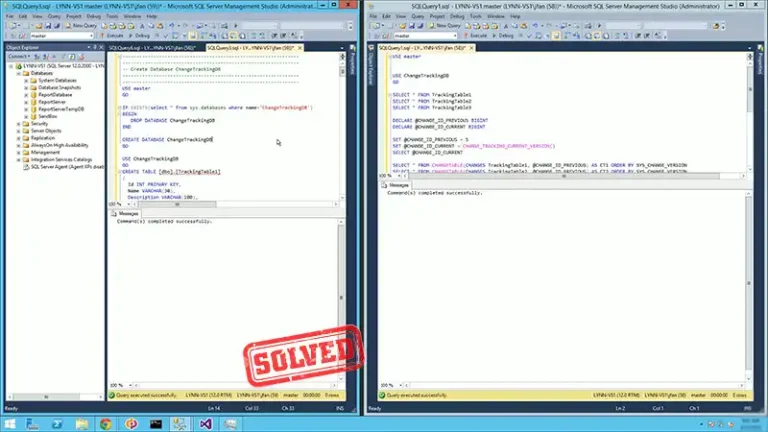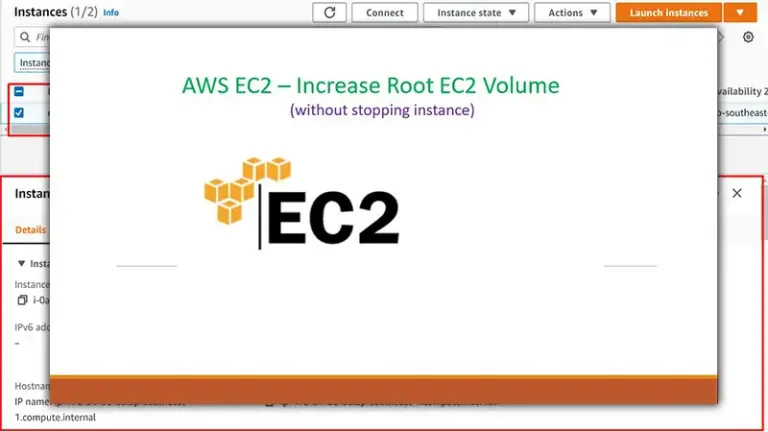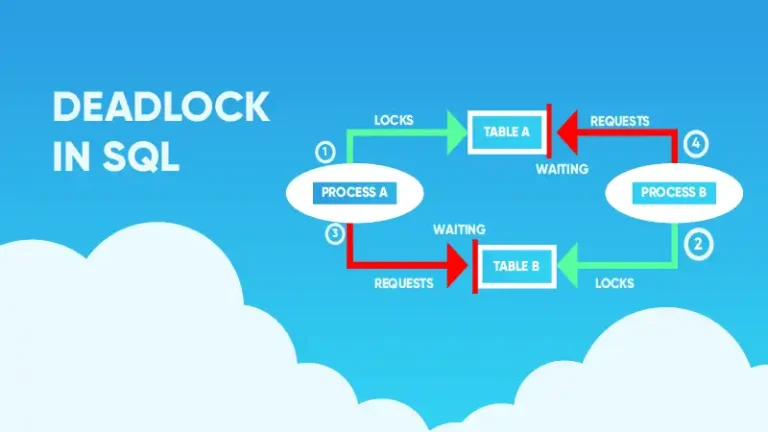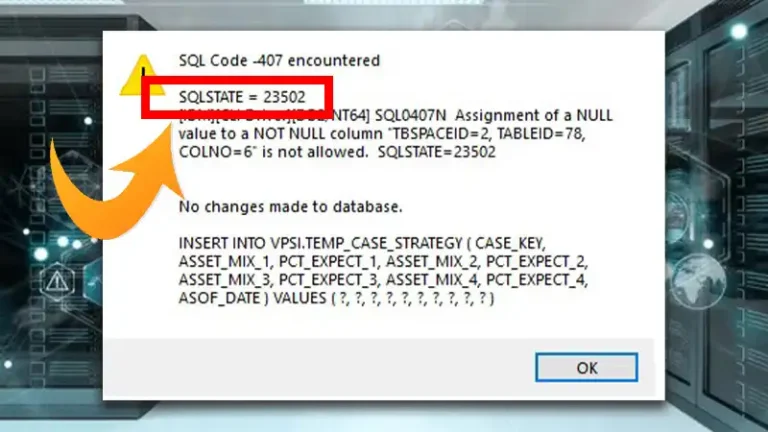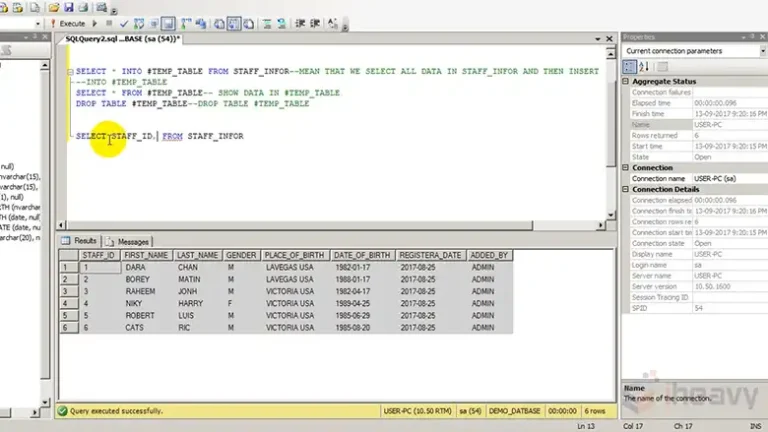Best Practices for Integrating Data from Multiple Sources in Analysis
Integrating data from disparate sources is a cornerstone of modern analytics. It enables comprehensive insights, drives informed decision-making, and unlocks the full potential of data-driven strategies.
However, combining data from various origins presents challenges such as inconsistent formats, data quality issues, and differing structures. This article outlines best practices for effectively integrating data from multiple sources in your analysis.
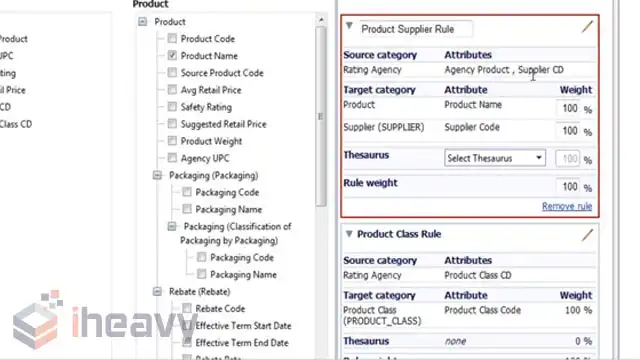
How Do You Integrate Data from Multiple Sources?
The best practices for integrating data from multiple sources allows for in-depth analysis, resulting in an unbiased result set. Here are some of the best techniques that you can adopt and incorporate into your workflow to achieve better results.
1. Understand the Data Sources
Before integrating data, it’s essential to understand each source’s nature, format, and structure. Consider the following:
Source Type: Identify whether the data is structured, semi-structured, or unstructured. Examples include databases, spreadsheets, APIs, and social media feeds.
Data Format: Determine the format of the data, such as CSV, JSON, XML, SQL databases, etc.
Frequency: Consider how often the data is updated and how frequently you need to access it.
Quality and Reliability: Assess the data source for accuracy, consistency, and reliability.
2. Ensure Data Quality
Data quality is critical for reliable analysis. Here are some steps to ensure high-quality data:
Data Cleansing: Remove duplicates, correct errors, and fill in missing values.
Validation: Check for consistency in data types and formats across sources.
Standardization: Apply consistent naming conventions, units of measure, and formats.
3. Use ETL Processes
ETL (Extract, Transform, Load) processes are fundamental in data integration:
Extract: Pull data from various sources using appropriate tools and technologies (e.g., APIs, database queries, web scraping).
Transform: Clean, normalize, and convert data into a compatible format for analysis. This may involve data mapping, deduplication, and aggregation.
Load: Import the transformed data into a centralized repository or data warehouse for analysis.
4. Utilize Data Integration Tools
Leveraging data integration tools can simplify and automate the process. Some popular tools include:
Apache Nifi:
Apache NiFi is a robust, open-source data integration tool designed to automate and manage the flow of data between different systems. It provides a powerful and user-friendly platform for integrating data from multiple sources, enabling organizations to seamlessly move, transform, and process data across various environments.

Talend:
Talend is a robust data integration platform that simplifies connecting, cleansing, and transforming data from various sources, including databases, cloud services, and big data platforms like Apache Hadoop. It features an intuitive drag-and-drop interface and an extensive library of pre-built connectors, allowing users to design complex data workflows without coding.

Talend supports real-time data processing for both batch and streaming data and includes built-in data quality tools to ensure accuracy and consistency. Its capabilities enable businesses to streamline data integration processes, improve data quality, and enhance decision-making.
Informatica:
Informatica ETL is a robust platform for integrating data from various sources. It offers a wide range of tools for managing and transforming data, including data warehousing solutions that efficiently store and manage large volumes of data from multiple origins.
5. Handle Data Privacy and Compliance
Respect data privacy laws and regulations, such as GDPR and CCPA, when integrating data:
Data Anonymization: Remove or encrypt personally identifiable information (PII) when necessary.
Access Control: Restrict data access to authorized personnel only.
Compliance Monitoring: Regularly audit data practices to ensure compliance with legal standards.
6. Establish a Data Governance Framework
A robust data governance framework ensures the integrity, security, and availability of integrated data:
Data Stewardship: Assign roles and responsibilities for data management and oversight.
Metadata Management: Maintain detailed documentation of data sources, transformations, and lineage.
Data Quality Metrics: Establish metrics to measure and monitor data quality continuously.
7. Use APIs for Real-time Integration
For real-time data integration, APIs (Application Programming Interfaces) offer a seamless approach:
RESTful APIs: Allow integration of web-based services with applications.
GraphQL: Enables efficient data fetching from multiple sources with a single query.
Webhooks: Trigger real-time data updates from one application to another.
8. Adopt a Data Lake or Data Warehouse Strategy
Data lakes and warehouses provide centralized storage and access for integrated data:
Data Lake: Stores raw, unprocessed data, accommodating various formats and structures. Suitable for large-scale analytics and machine learning.
Data Warehouse: Stores structured and processed data, optimized for query performance and reporting.
Frequently Asked Questions
What is the recommended method for joining data from multiple sources?
Data integration techniques include record linkage to match corresponding records across different datasets, multiple frame analysis to identify overlapping populations, and modeling methods to uncover relationships between variables and address missing information.
How to extract data from multiple sources?
ETL is the most common method for combining data from multiple sources. Other approaches include ELT, Reverse ETL, and CDC.
Conclusion
Successful data integration requires careful planning, execution, and ongoing management. By following the practices outlined in this article, you can unlock the full potential of their data, improve decision-making, and gain a competitive advantage. Thank you for reading!

